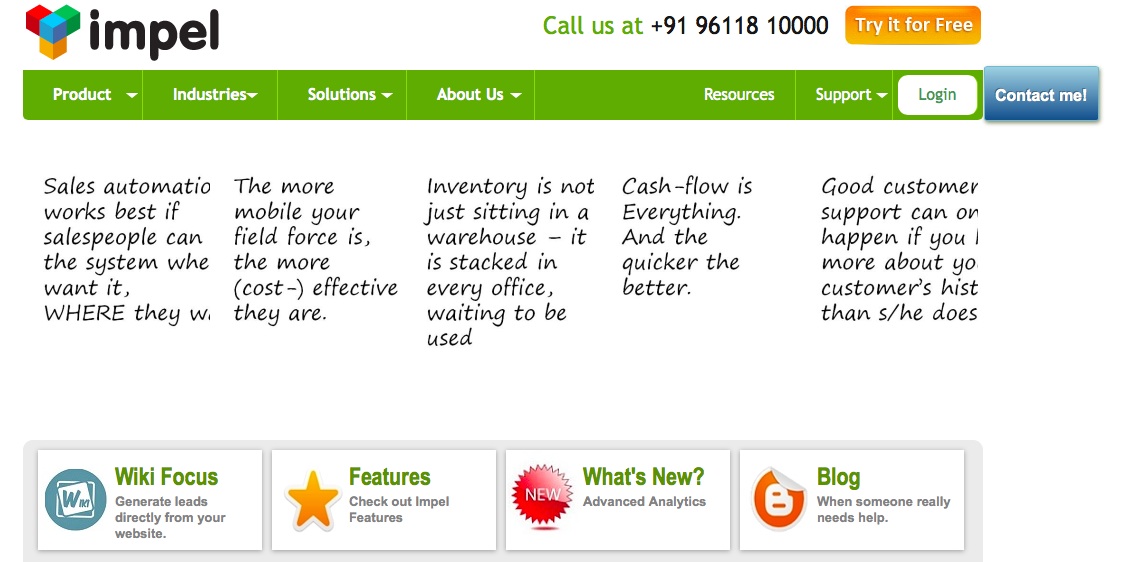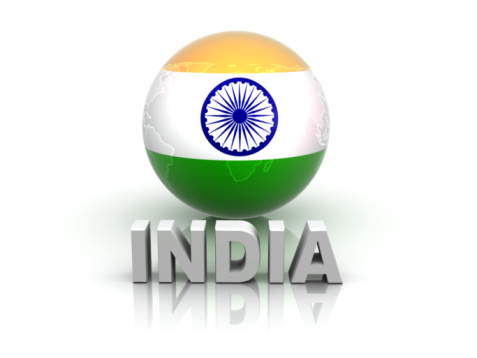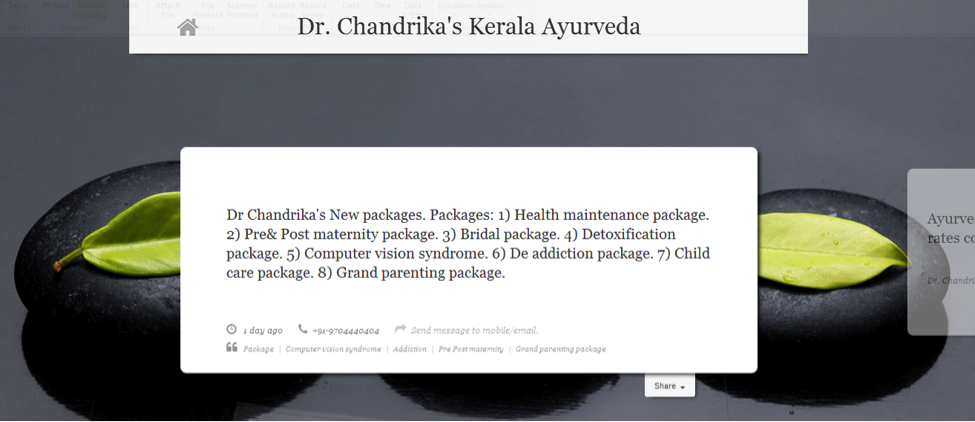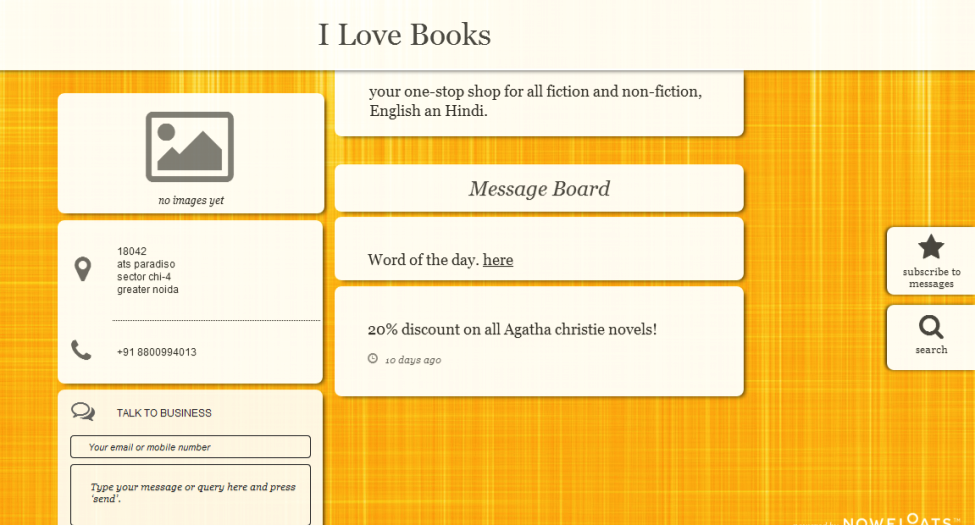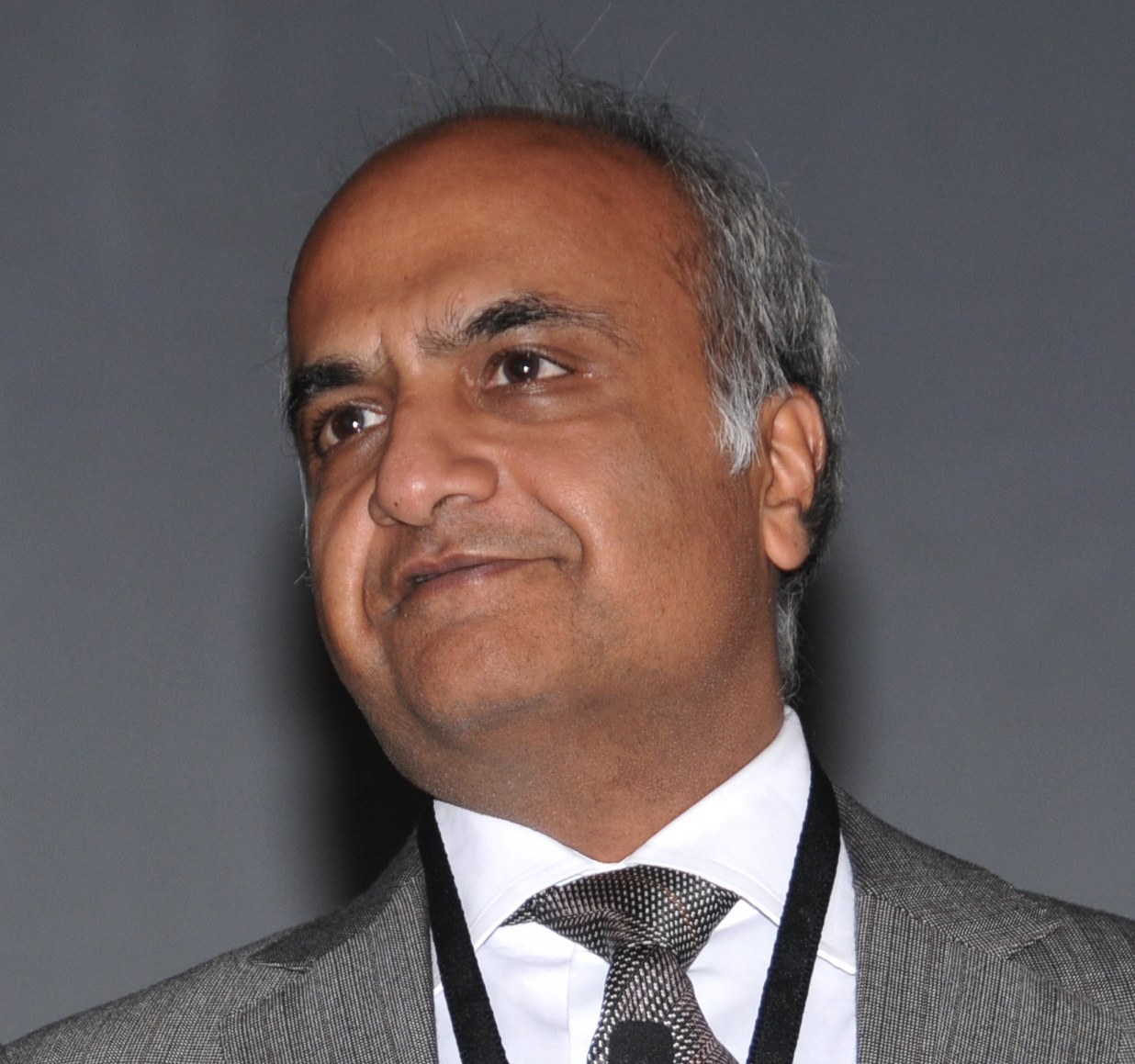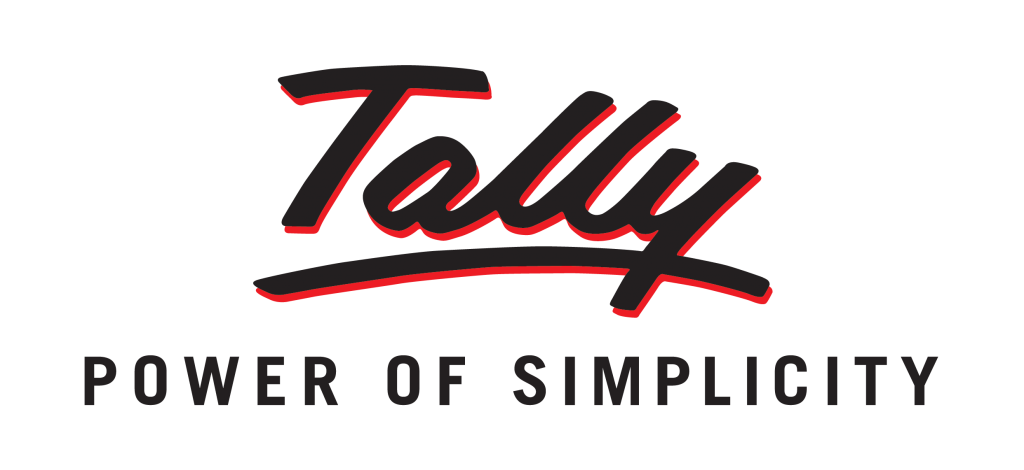 Product Nation interviewed Dinesh Gupta and Rajesh Gupta, promoters of Busy Infotech Private Limited, a leading provider of business accounting software for micro, small and medium businesses. In this interview, they describe their transition from being a services vendor to a pure play product vendor and their experiences of more than 2 decades of selling to Indian and global customers. Read on…
Product Nation interviewed Dinesh Gupta and Rajesh Gupta, promoters of Busy Infotech Private Limited, a leading provider of business accounting software for micro, small and medium businesses. In this interview, they describe their transition from being a services vendor to a pure play product vendor and their experiences of more than 2 decades of selling to Indian and global customers. Read on…
You are one of the very early players in the software industry in India. Tell us about your initial years of this business – how did you start with and when you resolved to focus on the software products business.

We started the software related business in 1991. After getting my engineering degree in 1987, I spent three years of time working as an R&D Engineer at a PC manufacturing company. Being in R&D environment, I understood very early that computers and software could be used to provide huge benefits to customers in their operations. With the value proposition being clear in my mind, and the adoption of computers and software in its very early stages in India, I started Digitronics in 1990, primarily focusing on computer sales and maintenance and custom software development.

My brother Rajesh joined the company in 1991 and focused on strengthening the custom software development efforts, primarily serving the SMEs. In about two years, we had a very good grasp of the SME problems and had developed packages to help them with inventory management, accounting, invoicing among others. During 1992, it became abundantly clear to us that the maximum demand from SMEs was for accounting automation. Tally was the only product that was available in the market at that time. We sensed that if we could offer superior solution than our competitor, we had a huge market to capture. This led to creation of the first version of our product in September 1993.
Selling a software product during those days should have been tough. What strategies did you adopt to gain customers in those initial years?
In the initial years, when someone made a computer purchase, Tally was being shipped along-with the operating system. It was available to the end users, virtually at no cost. So, our challenge was to not only challenge the incumbent, but also to ensure profitability and revenue realization. In the initial years, we focused on providing key differentiators in terms of features and focused on filling gaps in terms of capabilities which were not present in Tally – such as Sales Tax Reports. Due to these differentiators, we were able to rapidly get acceptance from the tax consultant community, a key influencer to the end customers who purchased our computers and software. We did not resort to any external sales or marketing spends during those times.
Only after we had more than 100 satisfied customers, we ventured out to exhibitions which would get us more prospective customers at one place. Our participation in IT Asia 94, a key IT Exhibition, held in December 94 at Pragati Maidan, Delhi helped us scale our sales significantly. We got very good mindshare and footfalls during that conference, and we could reach out to most of North India on account of this exhibition. Our business virtually doubled on account of participation in this event.
Can you elaborate on how the product evolved over these years?
Sure. Although we started by offering our product quite low-priced, we kept on aggressively investing on product development, making sure of leveraging the best out of existing technology from time to time. Our initial versions, till 2000 was DOS based, primarily due to the prevalent Operating Systems at that time. In 2000, we had a Windows based version of the product and we standardized our offerings under three categories, which helped us to charge our customers a bit more than earlier. In 2004, we introduced the Remote Access option which helped customers to access their accounting package from any location. At this time, we also re-architected our product to be working on either of Client Server or File Server mode.
In 2005, when Value Added Tax (VAT) was introduced in Delhi, we were the first one to come out with a VAT-Compliant version. This nimbleness in design of a scalable architecture helped us in increased new sales, as well as conversions from competitors. From then on, we have carefully guarded our position as the leading provider of statutory compliance features for accounting software in India.
In 2013, we made another big change in our product development strategy – to ensure that our customers can access the product capabilities anytime, anywhere and on any device. We provided a whole new set of features and capabilities to our products such as Triggers & Alerts via SMS or Email, browser-based access to data which enabled customers to use our software on tablets or smartphones as well.
Even though you now have over a lakh installations, I notice that you have a limited channel partner network. What has been the reason? Can you tell us your views on working with channel partners?
Our Sales have been primarily driven by references in India and in other geographies. This has helped us tremendously reduce our costs related to sales and marketing. From the inception, we have consistently focused on customer satisfaction, which has in turn got us leads. However, over the years, as we have scaled our business, we have started to work with channel partners as well. Our philosophy of engaging with any channel partner is by assessing if the partner gets any value by virtue of selling our product. If not, we do not proceed any further.
We are also very serious in our commitments to channel partners who choose to work with us. We look at them as our extended team. We provide the same support, training and nurturing as we do for any of our employees. We also complement the capabilities of our partners by understanding their aspirations, mode of working – and then suitably play a role of supplementing them based on their needs. Some business partners are very tech savvy and aggressive on sales, while others are slow and steady. We take along every one of them – and ensure that their goals are met. This approach has helped us build trust and long term commitments from our channel partners.
I see that your product now sells in multiple geographies. What are some of the best practices that you think that helped in selling to customers outside India?
We started looking at global markets only when we were convinced that we had a proven product that is well accepted in our local customer segment. When we considered selling to overseas market, we quickly realized that the features of our product augured well for selling in emerging economies. Since regulatory and compliance issues change from country to country, we had to ensure that we choose the markets appropriately such that the product features should be at least close to what is required in the target market. We therefore chose emerging economies that were English speaking only during our first iteration of internationalization. This has helped us grow in markets such as South Asia, Middle East and Africa.
Given the segment you are in, do you see piracy as an issue? What are your thoughts on the same? Have you taken any measures to address it?
Piracy is an issue with us as well. Given that we are in a volume driven business and catering to customer segment that is increasingly value focused, we have to deal with this issue very carefully. Frankly speaking, the more we get to know about pirated copies of our product – we feel that our value proposition is being vindicated. It means that customers desperately want to use our product. However, we have not done anything to address this issue, since as of now, the market is huge, and our customer segment is sensitive to any negative signals of harsh enforcement. We also believe that due to the increasing complexity of accounting and the needs for regulatory compliance across the world, our future customers will find it increasingly beneficial to work with a valid licensed version of our product, since accounting is a crucial business activity that they cannot do away with.
Great insights! In closing, what are the three key inputs that you would like to provide to fellow entrepreneurs who are targeting Indian customers?
I would recommend all product entrepreneurs who wish to address problems of Indian customers to develop a deep understanding of the needs and pain points of their target segment. This will certainly provide benefits in the long term. Secondly, for Indian markets, you need to provide a product which is value for the money spent, and simple to use. Even now, if one is targeting the SME sector in India, one needs to understand that there is not much of IT expertise that an SME can afford – so your offering should be usable by even a semi-skilled person to be of any value to your customer.


